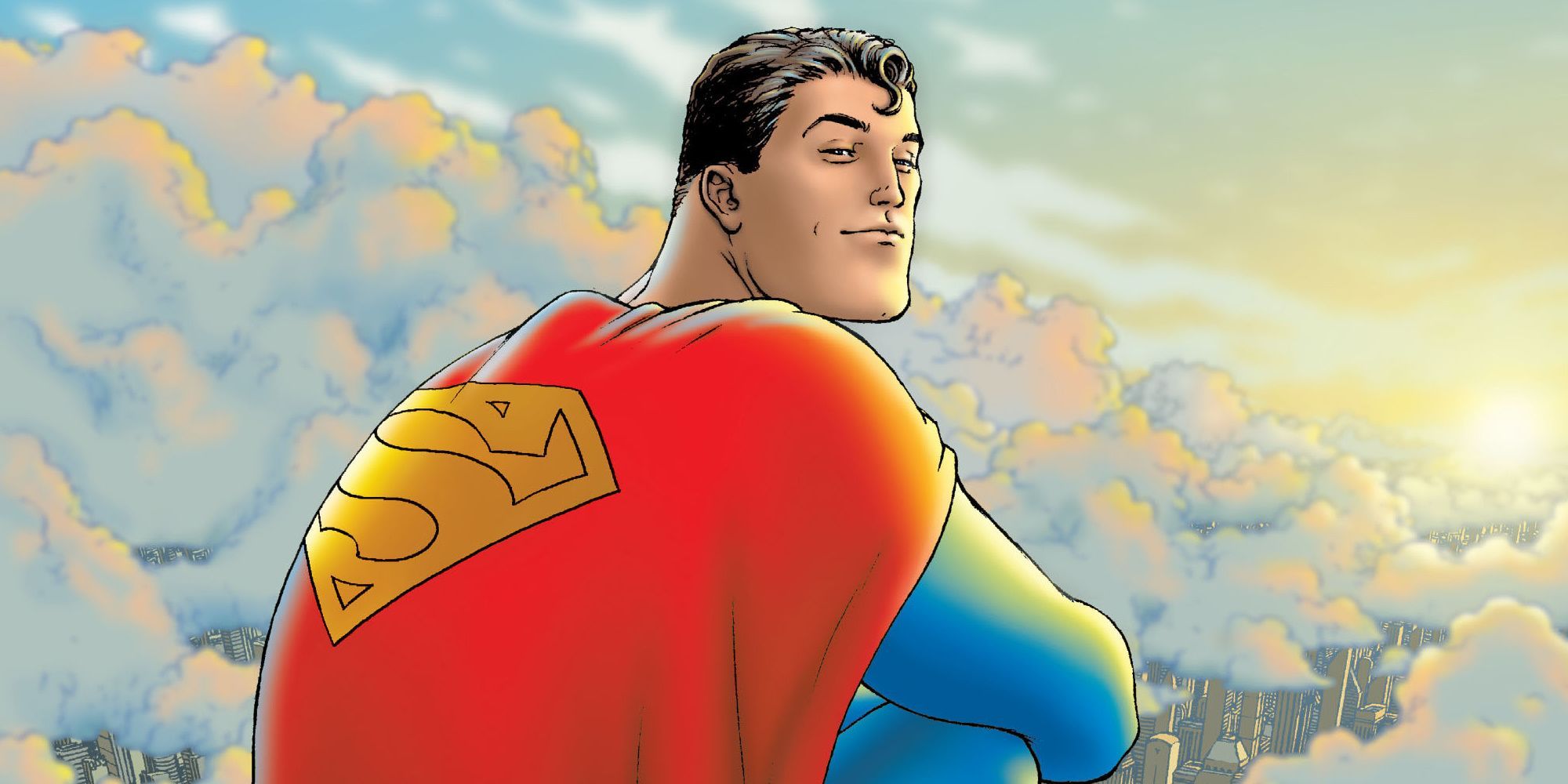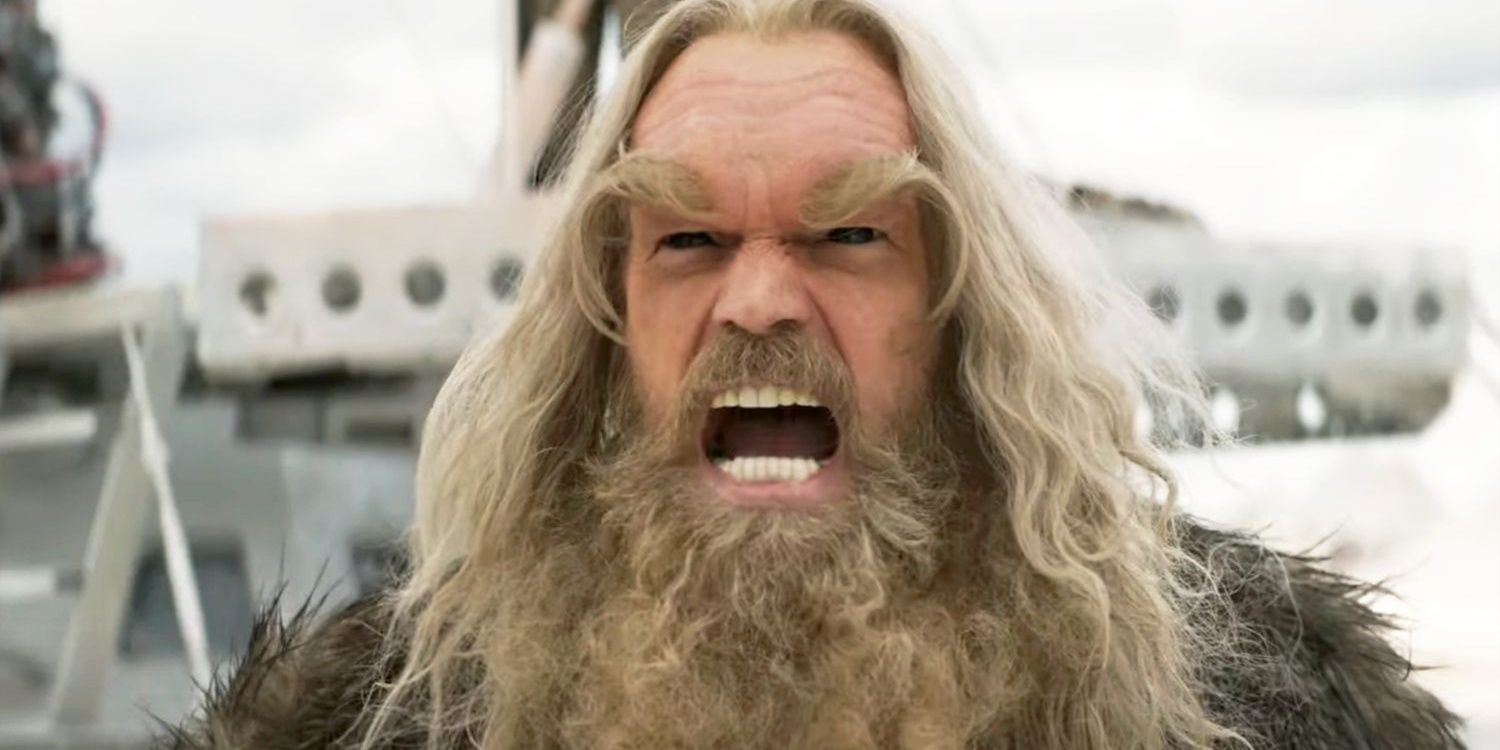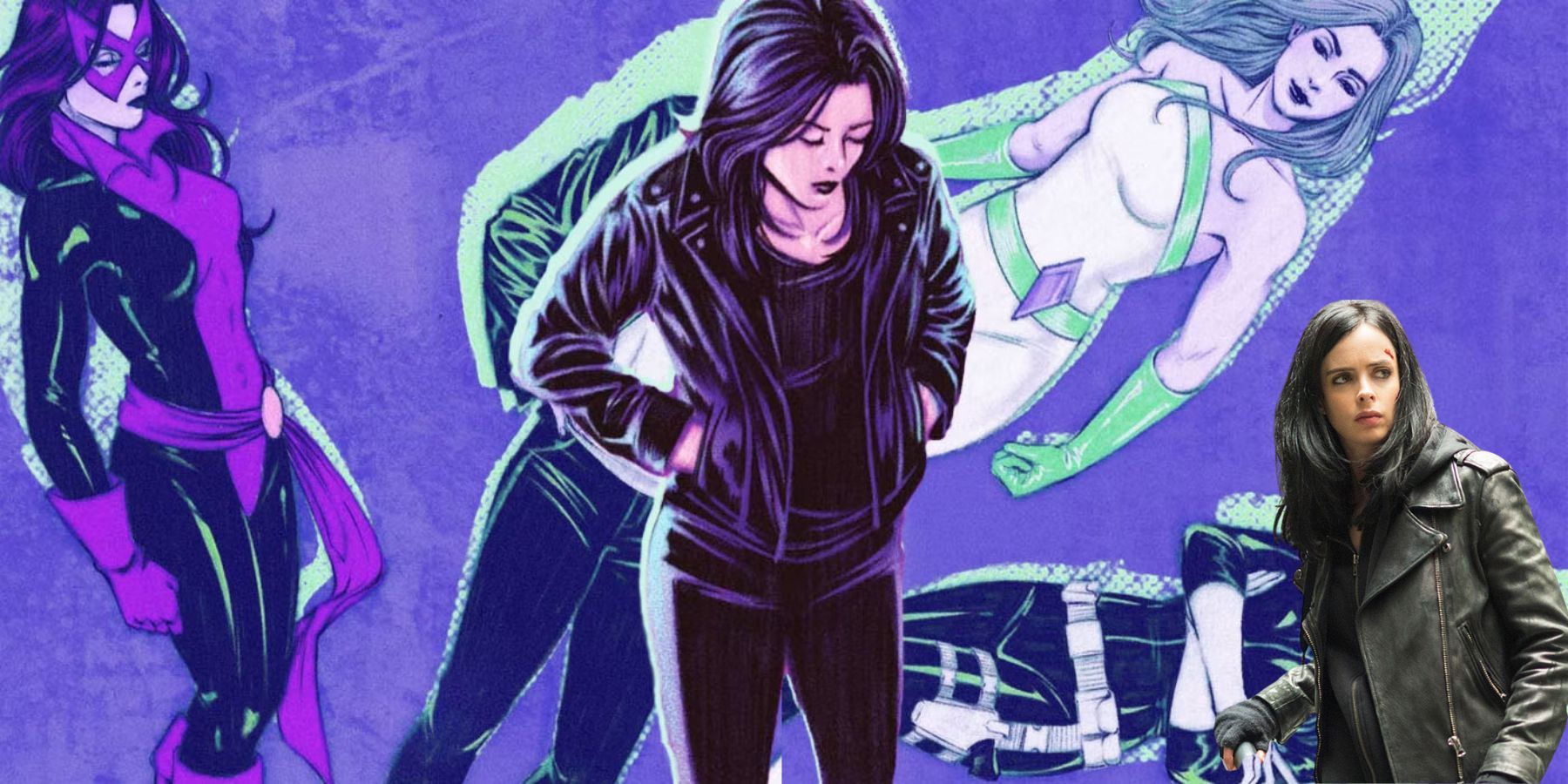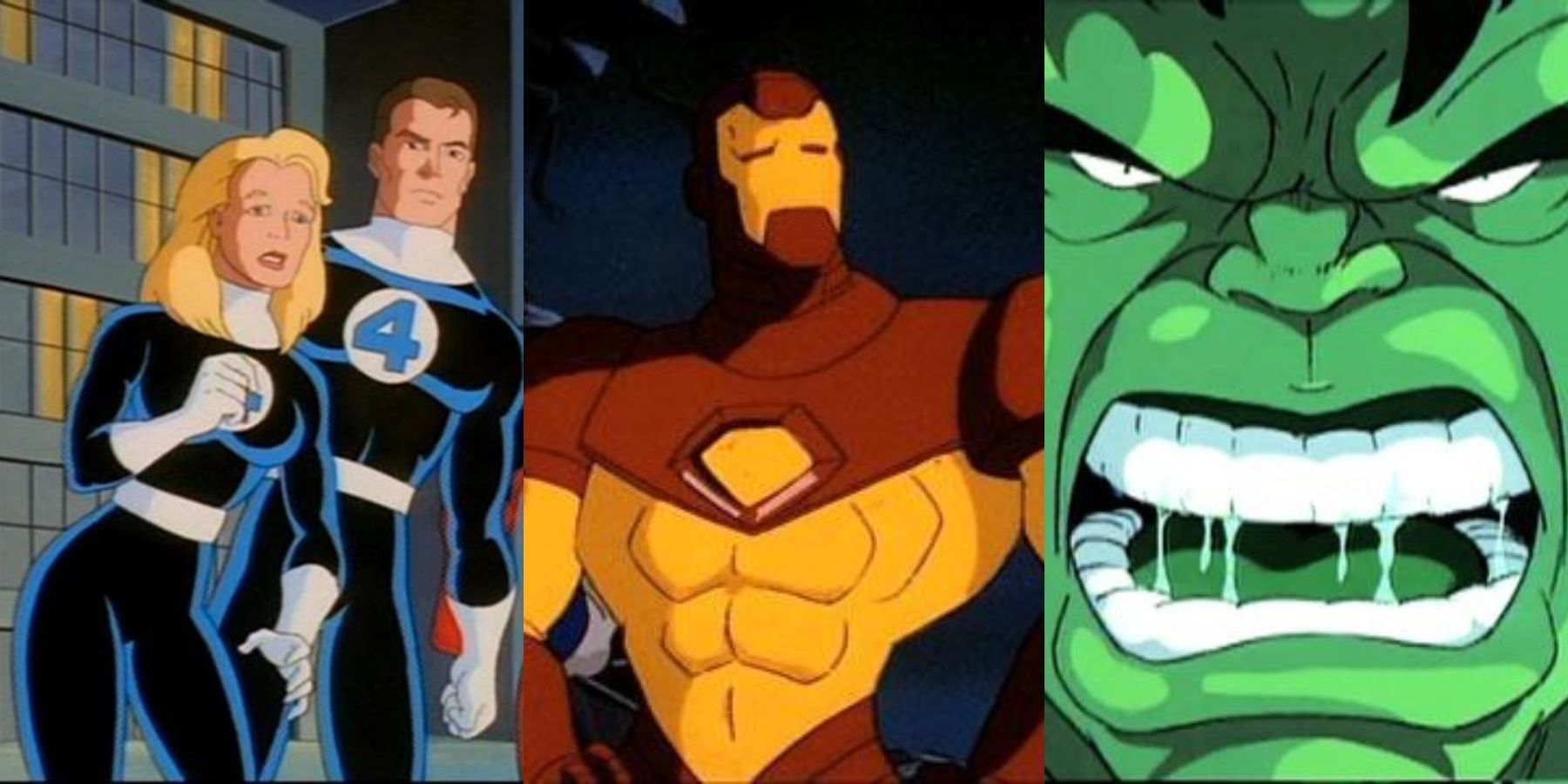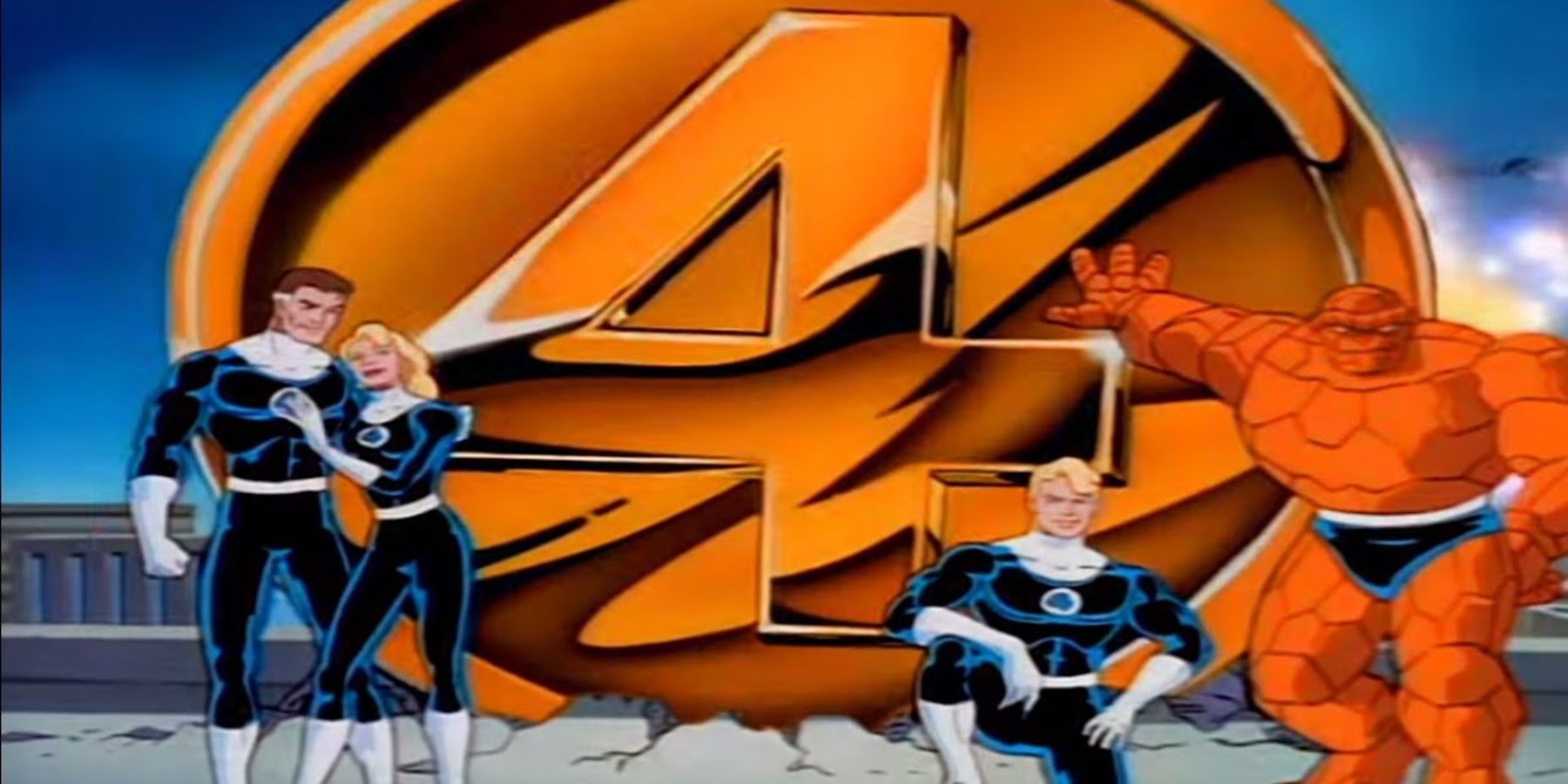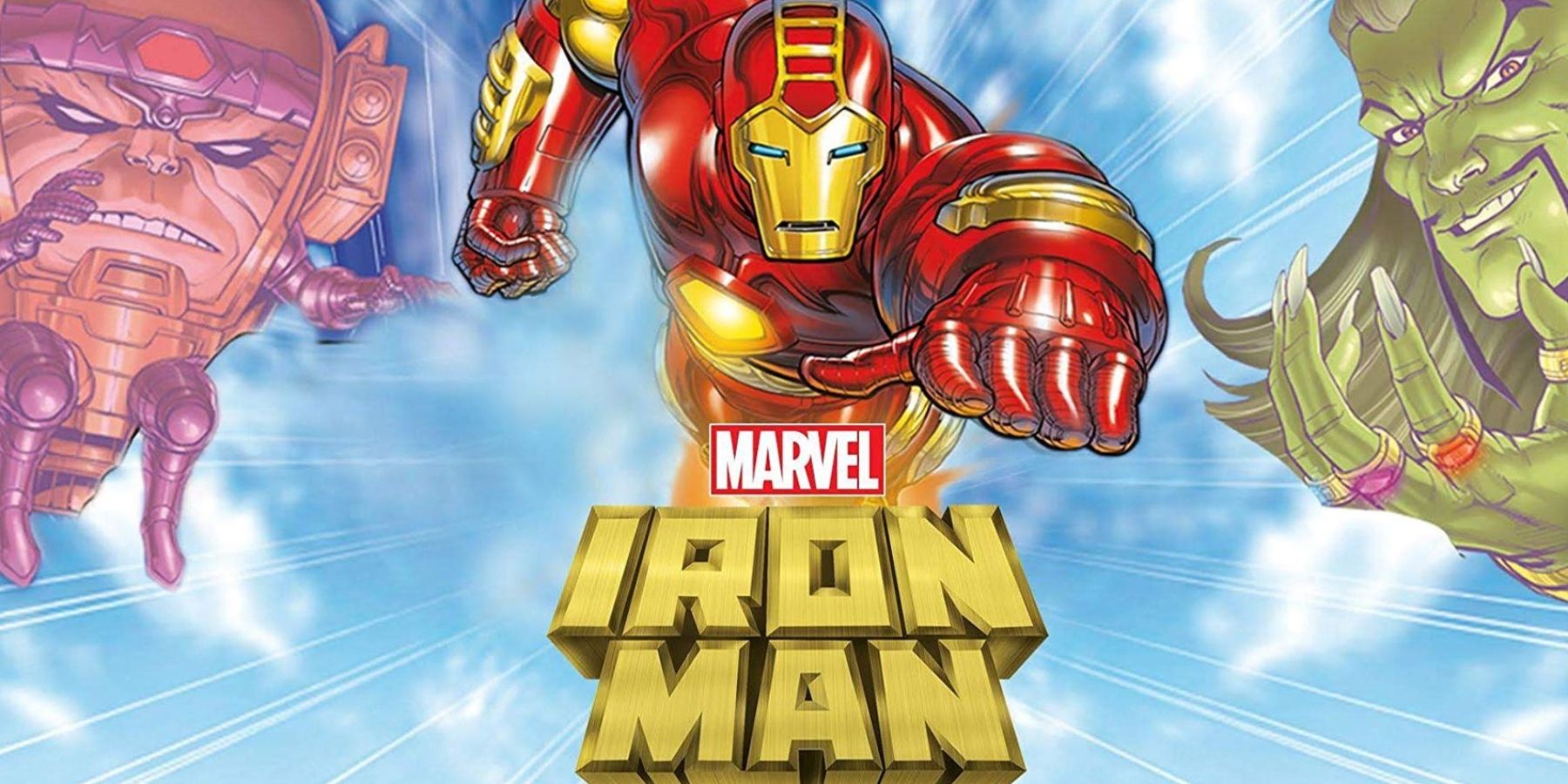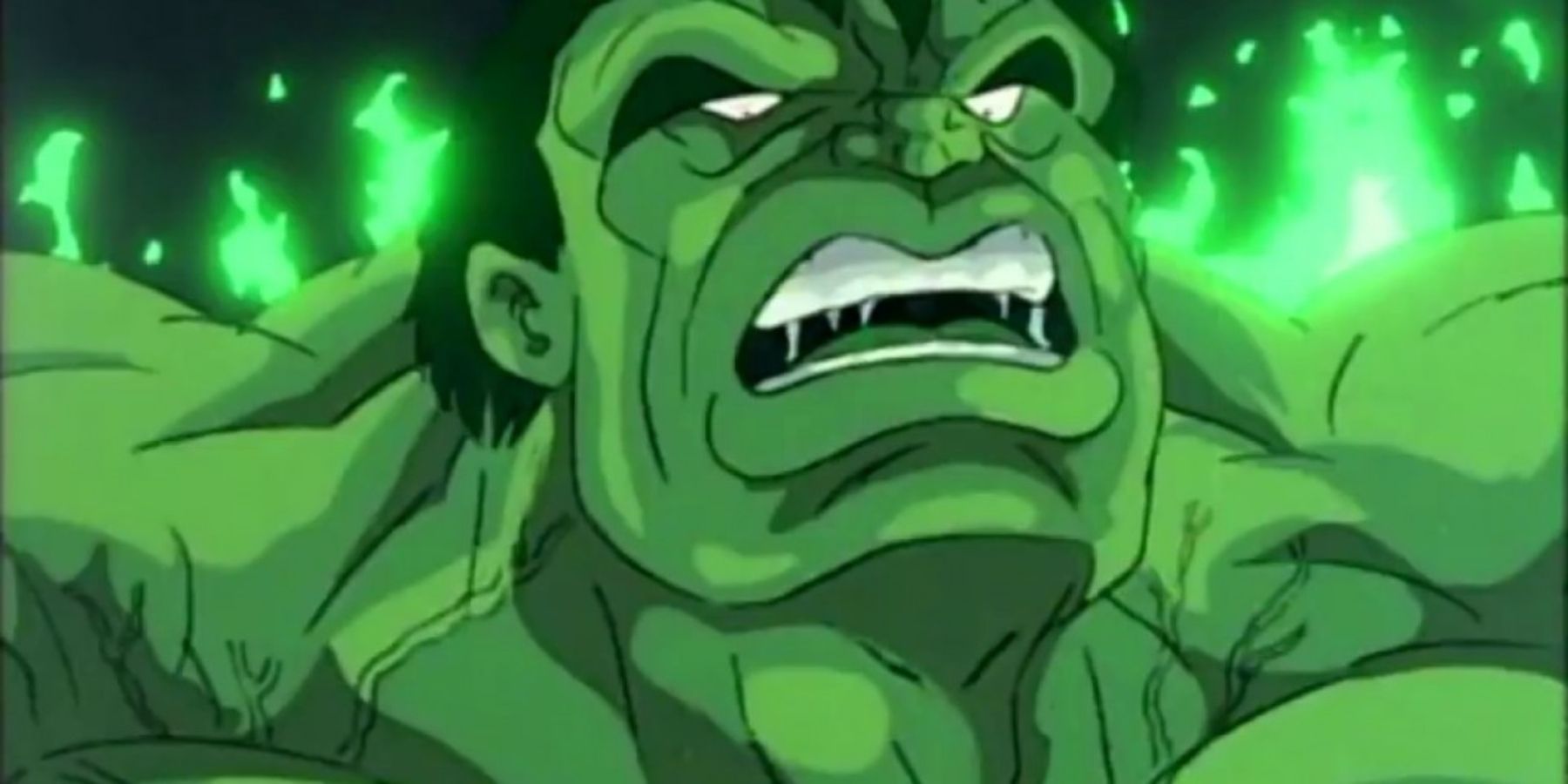In many ways, the 1990s were a golden age for superhero cartoons. Batman, Superman, Spider-Man, and the X-Men all had their own shows that ran for years, and are still remembered fondly today as iconic adaptations of their respective characters.
However, not all superhero cartoons of the decade have managed to carve out such a significant legacy. Marvel had plenty of other shows in the 90s besides Spider-Man and X-Men, many of which crossed over to form a loose shared universe — a proto-MCU of sorts, in other words. And while these cartoons may not be quite as fondly remembered as their contemporaries, that doesn’t mean they aren’t worth remembering at all.
Fantastic Four
Widely known as Marvel’s First Family, the Fantastic Four were the very first co-creations of Stan Lee and Jack Kirby all the way back in 1961, and kicked off the Marvel Universe as we know it today. But in the years since then, the FF have struggled to attain the popularity of their fellow Marvel heroes — not just in the comics or the movies, but in animation as well.
Fantastic Four: The Animated Series ran from 1994 to 1996, lasting only two seasons. While Spider-Man and X-Men frequently drew influence directly from the comics, Fantastic Four is notable for adapting a classic comic story — usually from the Lee-Kirby run — in every single episode of the series. Of course, not all these adaptations were necessarily good: the first season, in particular, is marred by poor writing, questionable animation, and a tone that’s far too cheesy for its own good.
Thankfully, the second season proved to be a massive improvement, with a completely new animation studio and writing team at the helm. It even featured an impressive slate of guest stars, including the Hulk (Ron Perlman), Black Panther (Keith David), Thor (John Rhys-Davies), and more. The series finale even featured a faithful retelling of the iconic arc where Doctor Doom steals the Silver Surfer’s power — and thanks to actor Simon Templeman, he’s portrayed with all the charisma and grandeur that make him one of Marvel’s greatest villains.
Iron Man
The story of Iron Man: The Animated Series follows much the same pattern as Fantastic Four — it ran from 1994 to 1996, with a less-than-stellar first season followed by a major shakeup in the animation and writing teams that made the second season hardly recognizable as the same show. Season 1 was very much in the vein of 80s toy-driven cartoons like Transformers or He-Man, featuring a bloated cast of underdeveloped characters and a series of shallow, episodic stories. However, Season 2 took things in a very different direction.
The second season of Iron Man brought a newfound focus on serialized storytelling, with an overarching plot involving the Mandarin plotting to regain all of his Ten Rings after a betrayal by Fin Fang Foom. There was even a two-part adaptation of the beloved “Armor Wars” storyline from the comics. And while this show lacked the guest star lineup of Fantastic Four (except the Hulk, voiced again by Ron Perlman), its incarnations of Iron Man and War Machine appeared in Spider-Man: The Animated Series, helping Spidey take on Venom and Carnage. Iron Man would even go on to reappear in the series’ three-part Secret Wars adaptation, alongside Captain America, Storm, and the Fantastic Four.
The Incredible Hulk
While everyone’s favorite green-skinned, gamma-powered behemoth appeared as a guest star in both Fantastic Four and Iron Man, he wouldn’t get a 90s animated series of his own until 1996, when he starred in The Incredible Hulk. And while Ron Perlman didn’t return as the title character, the series still boasted an impressive cast — Matt Frewer of Max Headroom fame as the Leader, Mark Hamill as the Gargoyle, Richard Moll (better known as Two-Face in Batman: The Animated Series) as Abomination, and the late Luke Perry as Rick Jones. As for the Hulk himself, he was voiced by none other than Lou Ferrigno, reprising his role from the 1977 live-action TV series. Meanwhile, Bruce Banner was portrayed by Neal McDonough, who would go on to play Dum Dum Dugan in Captain America: The First Avenger.
Like Fantastic Four and Iron Man, The Incredible Hulk received two seasons with completely different creative teams and animation studios, resulting in a major shift in quality. But curiously, it’s the first season of The Incredible Hulk that’s superior to the second, possessing a more serialized narrative and dark, atmospheric tone that gives it a distinct feel compared to other Marvel cartoons of the time. However, the second season shifts the focus to more lighthearted, episodic adventures, with She-Hulk joining the main cast to provide additional comic relief.
And of course, The Incredible Hulk features its own significant set of guest stars, many of them returning from previous series. The Thing and Mr. Fantastic show up in one episode, while Doctor Doom is the main antagonist in another, all of them portrayed by their voice actors from Fantastic Four: TAS. Iron Man gets his own guest episode, as does Thor, voiced again by John Rhys-Davies. Ghost Rider even gets his own episode, as does Doctor Strange.

